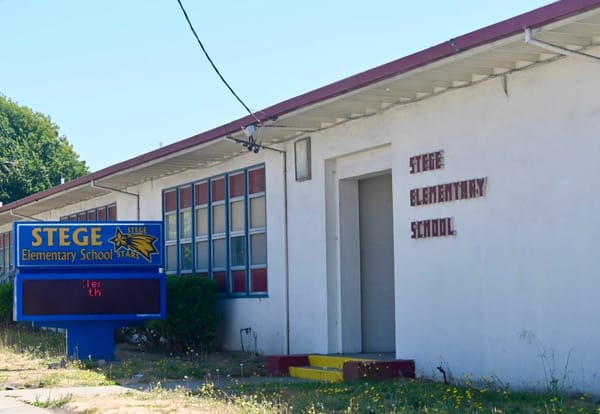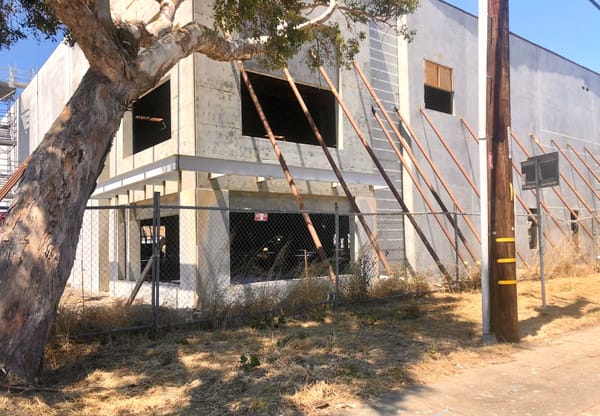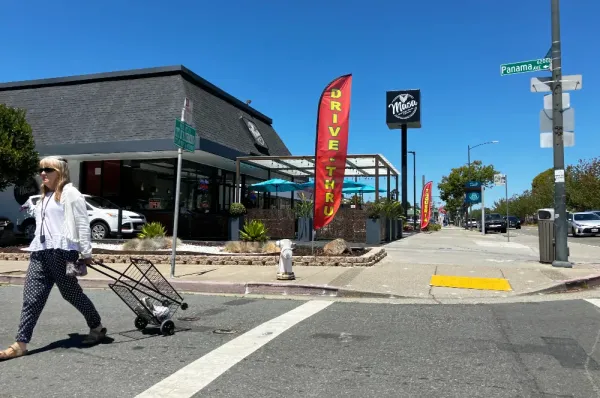California's population on the rise, Richmond's population continues to decline
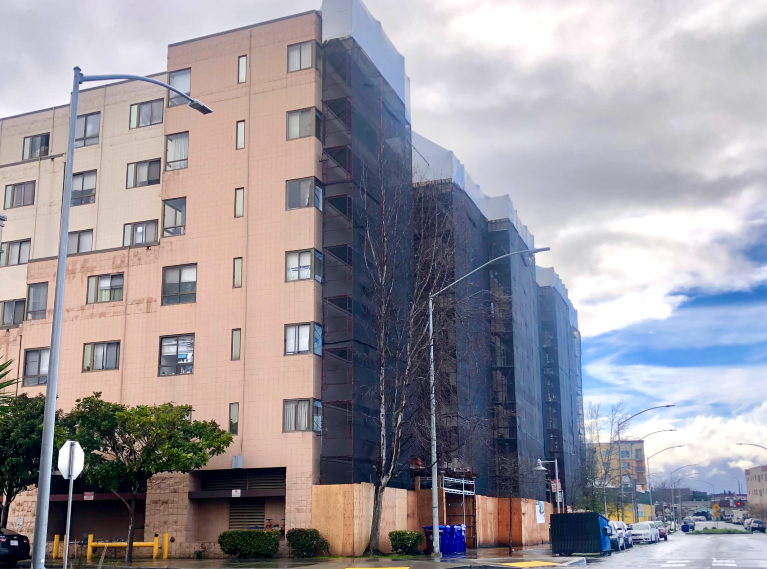
While new demographic data shows positive population growth in California for the first time since 2020, Richmond’s population continued to shrink last year.
The California Department of Finance released a report last week revealing California experienced an estimated population increase of more than 67,000 individuals in the past year, contrasting with a decline of 387 residents in Richmond.
Since 2020, Richmond has seen a 3,165 or 2.7 percent population decrease, from 115,900 people to 112,735 in January 2024, according to the Department of Finance.
The state saw a population increase due to increased legal immigration, fewer people leaving California, and more births than deaths.
According to the report, the natural increase in population or the net result of births minus deaths increased from 106,700 in 2022 to 118,400 in 2023 as the number of deaths declined from their pandemic peak.
Contra Costa County, like most parts of the country, experienced three years of population loss since 2020, added 1,352 residents last year.
Walter Schwarm, Chief Demographer for the California Department of Finance, said while the state as a whole has grown, that growth is a bit unequal, and several Bay Area counties have slower growth.
“Some of this is due to a continuation of households moving from Bay Area counties (particularly the East Bay) to Sacramento, Placer, and San Joaquin counties,” Schwarm said. “So while we estimate that Contra Costa has some slight growth, most of that is seen as going to some other cities in the county such as Antioch, Brentwood and Oakley.”
Below the county level, changes in population growth are primarily influenced by the increase or decrease in the number of housing units and the percentage of unoccupied available housing units.
“While Richmond had positive housing growth it was lower percent wise than other cities within the county,” Schwarm said. “Additionally the vacancy rate saw a slight uptick across 2023. The combination of these two factors drive the lower population.”
Richmond’s vacancy rate, the percentage of housing units that are unoccupied 4.18 percent, is higher than the county’s 3.84 percent.
Population estimates for California cities rely on the Housing Unit Method using American Community Survey data for housing units and Census Bureau counts for group quarters. These estimates are aligned with county data, while the state population is separately estimated using administrative records.
California experienced a surge in housing growth in 2023, with a 0.79 percent increase, aligning with the state’s population growth. This translated to an addition of 115,933 housing units, including 22,802 accessory dwelling units. The total housing stock in the state now stands at 14,824,827 units. Among the new constructions, 55,242 were single-family housing units, 52,937 were multi-family housing units, and 1,212 were mobile homes, totaling 109,391 new housing units.
According to the report, Richmond added 79 housing units in 2023, including 50 accessory dwelling units, increasing the total from 40,871 to 40,950. Since 2021, Richmond has added 575 units.
Berkeley's population increased by 146 people last year and added 704 units, including 91 ADUs. Since 2021, Berkeley has added 2,107 housing units.
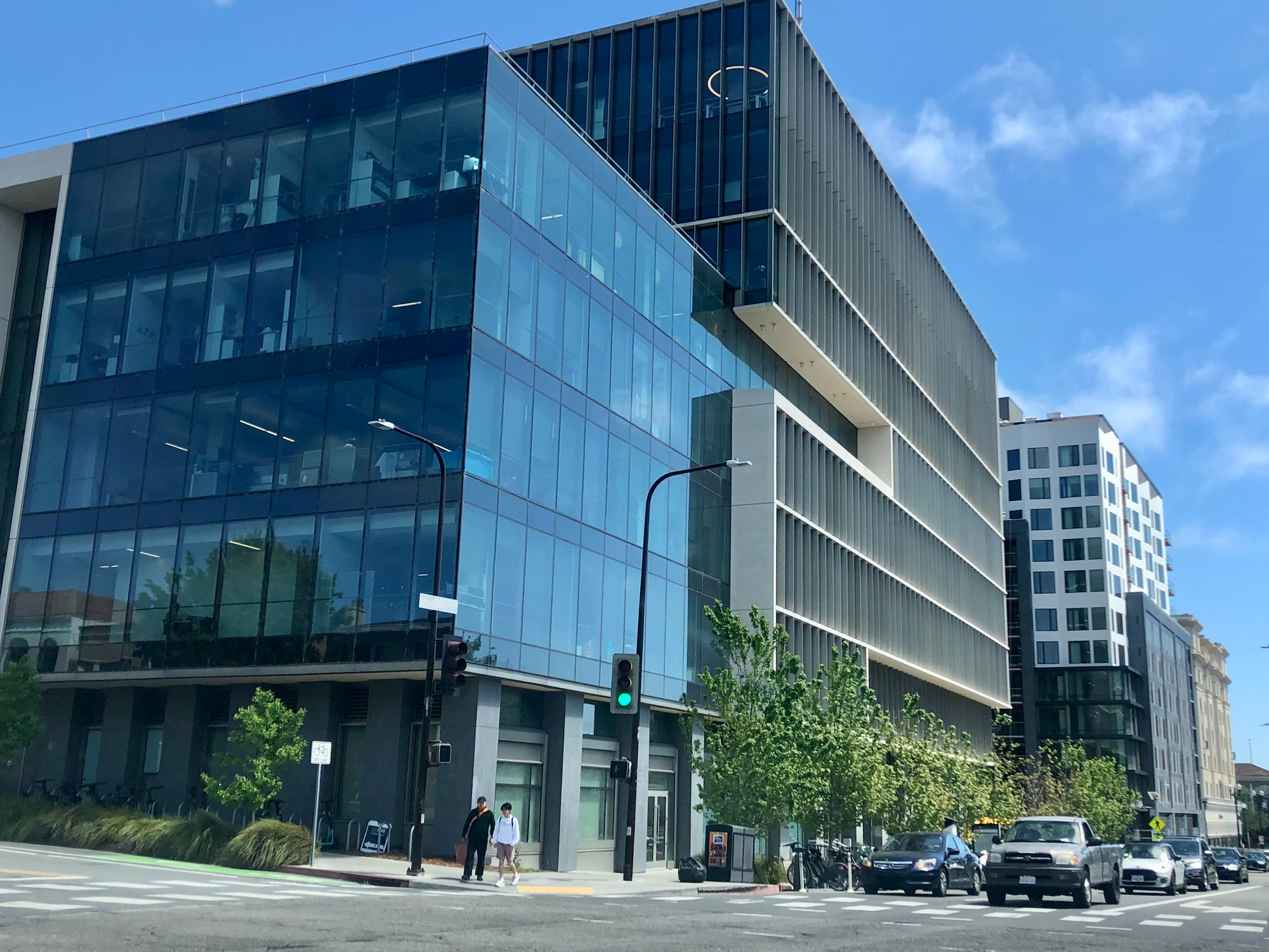
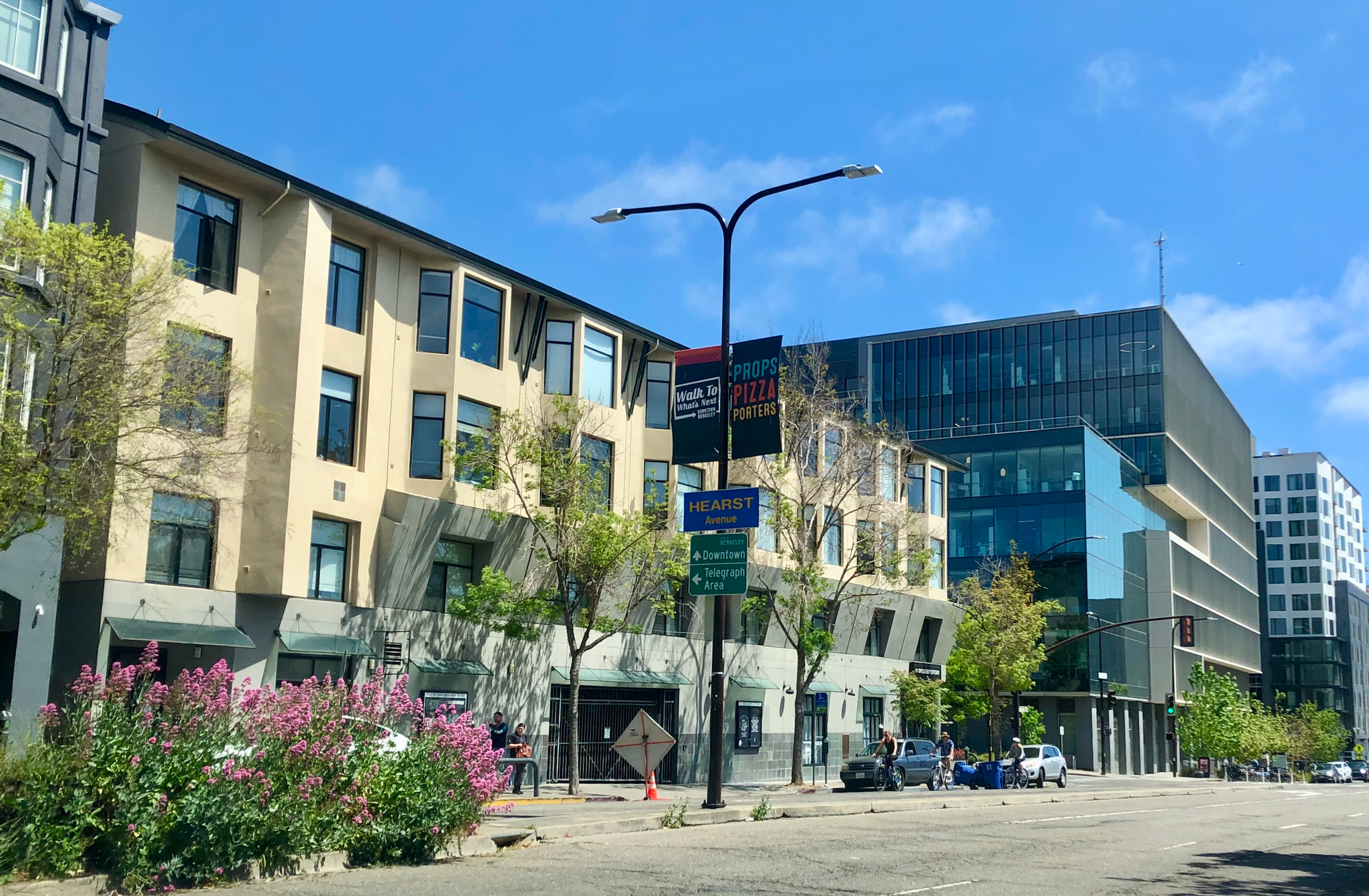
Several large buildings have dramatically changed Berkeley's Shattuck Avenue. Photos/ Linda Hemmila
Neighboring El Cerrito saw a 1.15 percent population increase last year, adding 291 people to its population and 190 new housing units, including 24 ADUs.
Richmond was one of 10 California cities recently recognized for their prohousing policies. The California Department of Housing and Community Development said Richmond’s Prohousing application highlights new objective design standards, an ADU grant opportunity, and documented affordable housing practices.
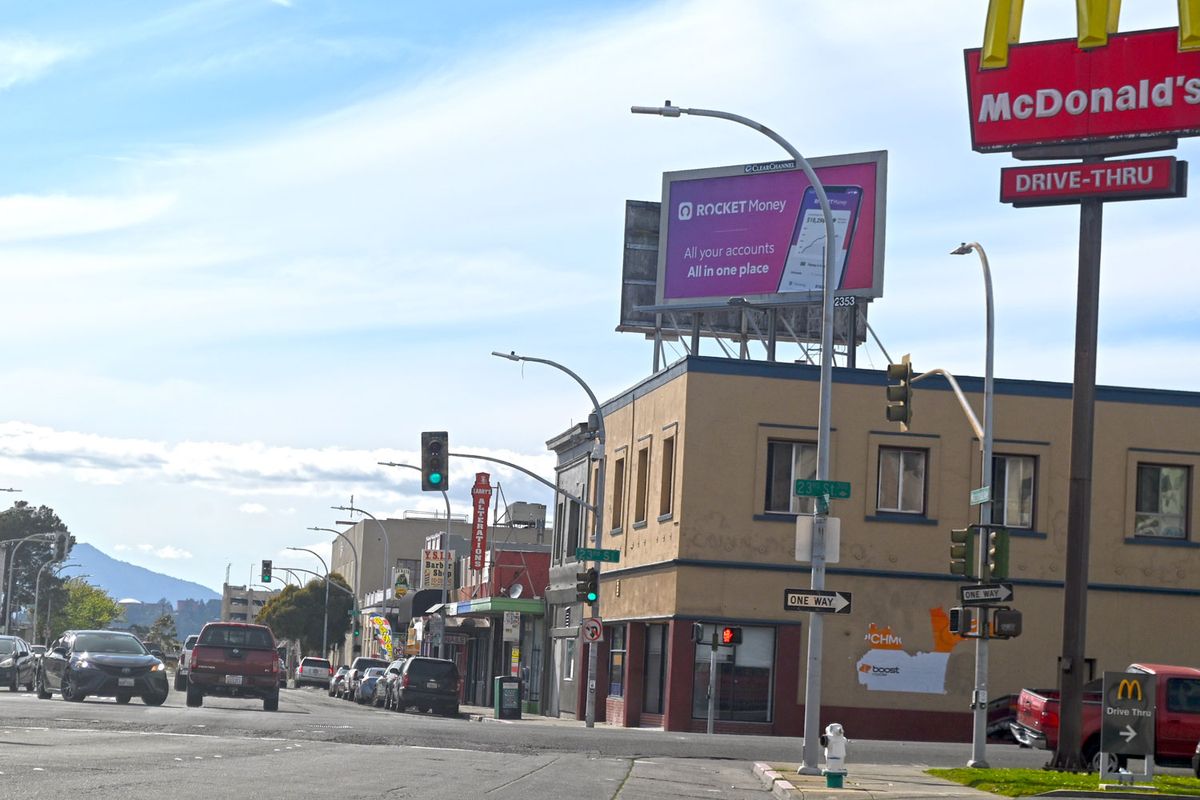
The Prohousing Designation Program offers grants and priority funding to communities that meet specific housing development criteria.
HCD said Richmond has adopted the Richmond Livable Corridors Form-Based Code, establishing objective design standards to ensure that short- and long-term developments and capital improvement projects substantially improve the quality of life for Richmond residents
A newsletter from Richmond Mayor Eduardo Martinez’s Office excitedly announced the recognition from the state.
“This designation highlights our city’s efforts in promoting housing development for all income levels and demonstrates our commitment to innovative housing policies. As HDC Director Velasquez said in the press release, “Earning the Prohousing Designation requires a strong, demonstrated commitment to tearing down barriers and working to create more housing faster,” the Mayor’s Office said. “This designation not only brings us closer to meeting our housing goals, but also positions Richmond as a leader in sustainable and inclusive urban development.”
Chelsea Lee, HCD Housing Policy Manager, said Prohousing Designated jurisdictions are recognized for demonstrating their commitment to “setting the table” for equitable and responsible zoning and land use practices in their communities.
The City of Richmond was recognized by HCD for implementing a form-based code and objective design standards, providing discounted and pre-approved ADU/JADU floor plans for low-income residents, and developing a local equitable public land policy.
“The city has also demonstrated a documented practice of using housing in-lieu fees and other city funds to support additional affordable housing development,” Lee said. “The city recently provided $3.5 million in gap financing to support the development of the Nevin Plaza project. The project is slated to be completed this year and will provide 140 new units of housing for seniors and persons with special needs.”
Richmond has created several housing projects in recent years and has more in the works. In 2021, the Terraces at Nevin Apartments created 256 affordable housing units near 23rd Street.
Renovations are taking place at the existing seven-story Nevin Plaza building, located at 2400 Nevin Ave. Simultaneously, plans are being made to build a new 70-85-unit building adjacent to Nevin Plaza.
Eden Housing intends to construct 135 affordable housing units on the former Richmond Health Center site at 100 38th Street.
On Marina Way, Hacienda Heights reopened a shuttered affordable housing complex built in 1966, returning 150 affordable housing units near the Richmond BART station.
Metrowalk Phase 2, Richmond’s $130 million transit-oriented housing project, will add 150 affordable housing units at the Richmond BART station.
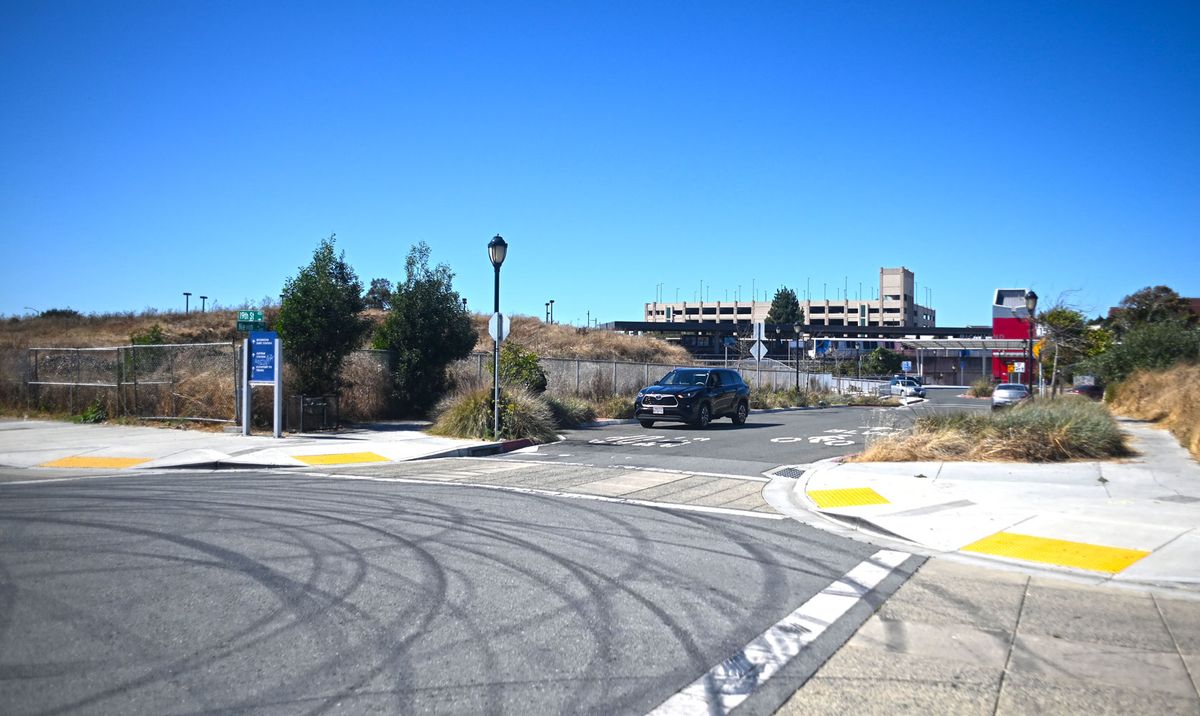
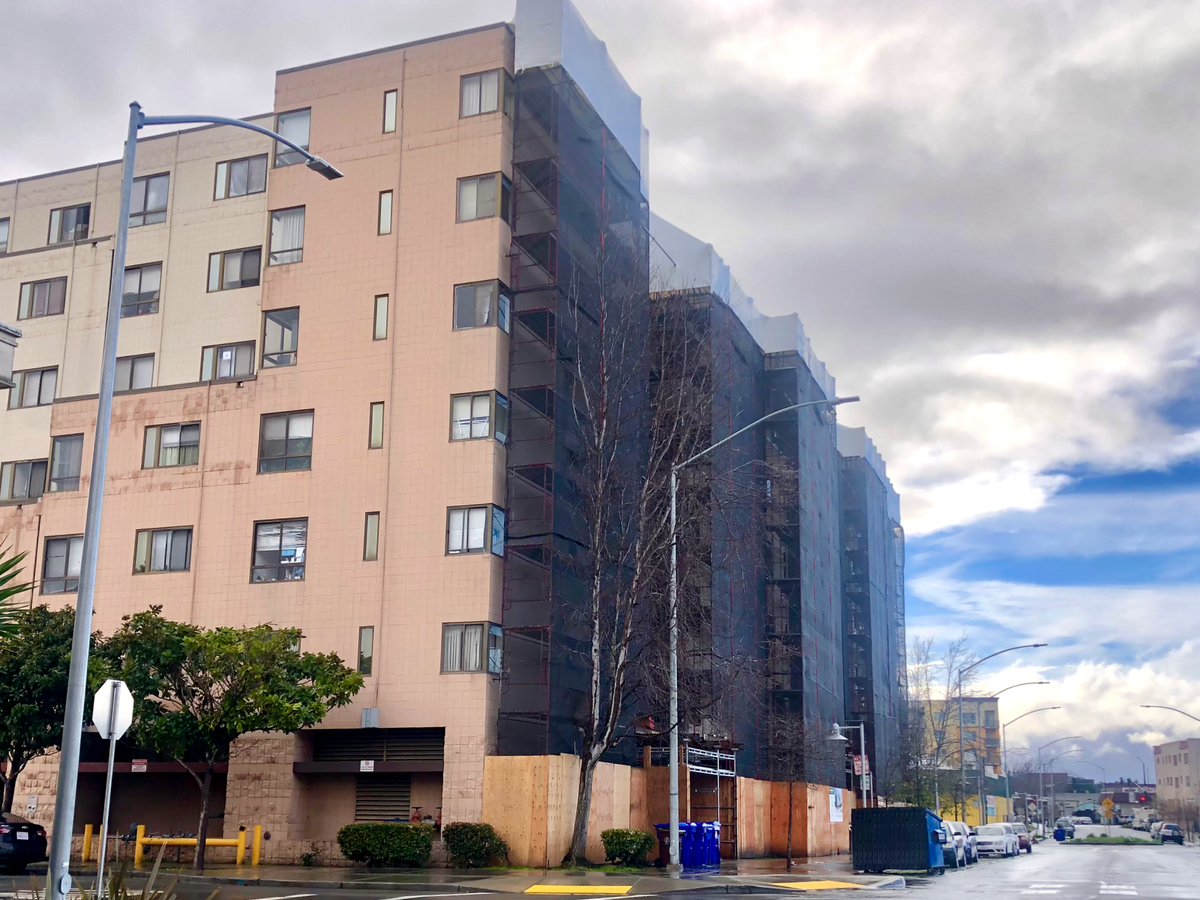
The Richmond Tiny House Village Farm and Garden Project pilot project at 22nd Street and Bissell Avenue will create six tiny homes on trailers for Richmond young people on land leased to the Richmond Police Activities League.
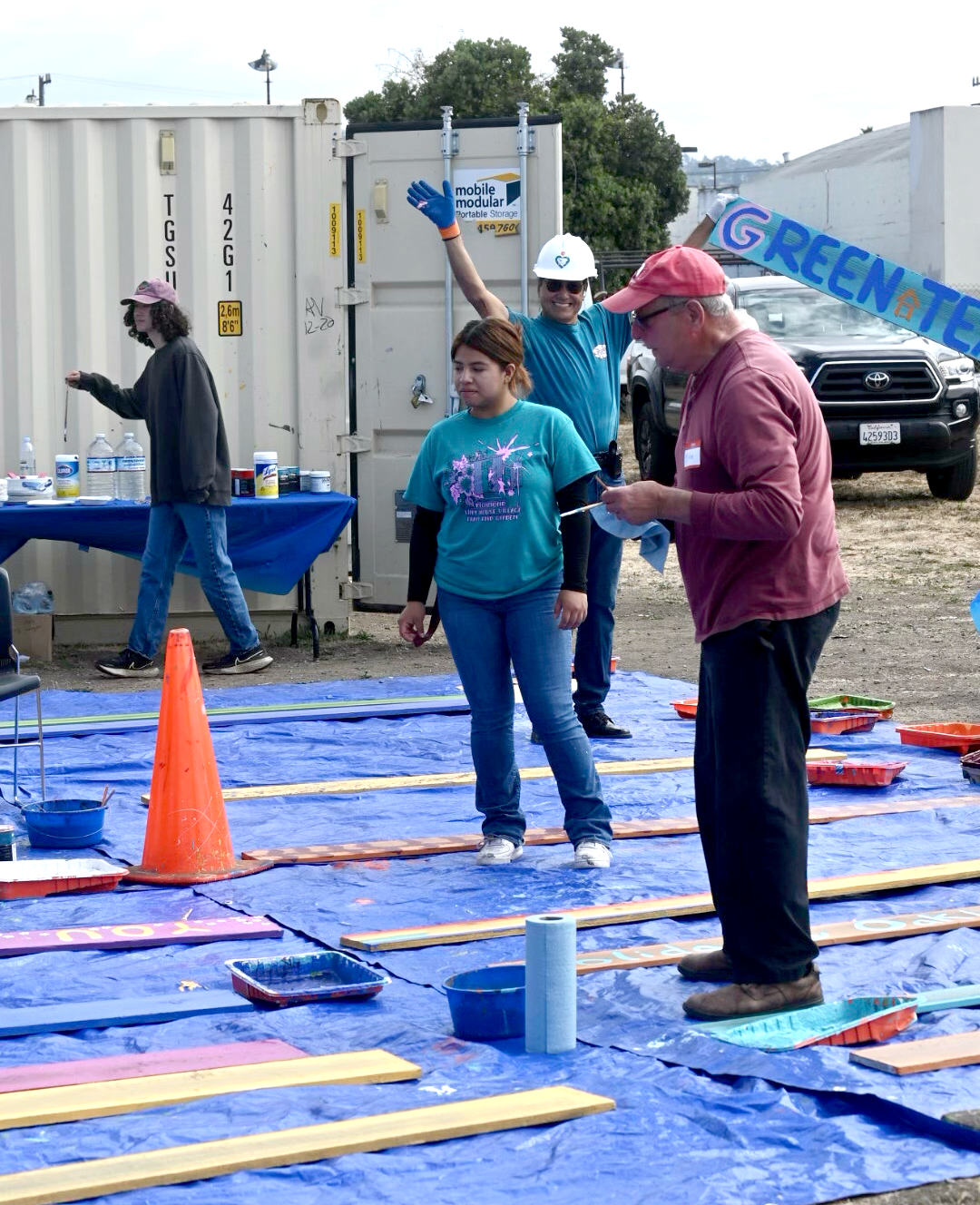
This story was updated to include information from the California Department of Housing and Community Development provided after publication.
Help keep our content free for all!
Click to become a Grandview Supporter here. Grandview is an independent, journalist-run publication exclusively covering Richmond, CA. Every cent we make funds reporting from Richmond's neighborhoods.
Copyright © 2024 Grandview Independent, all rights reserved.


